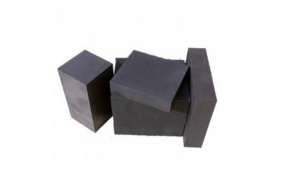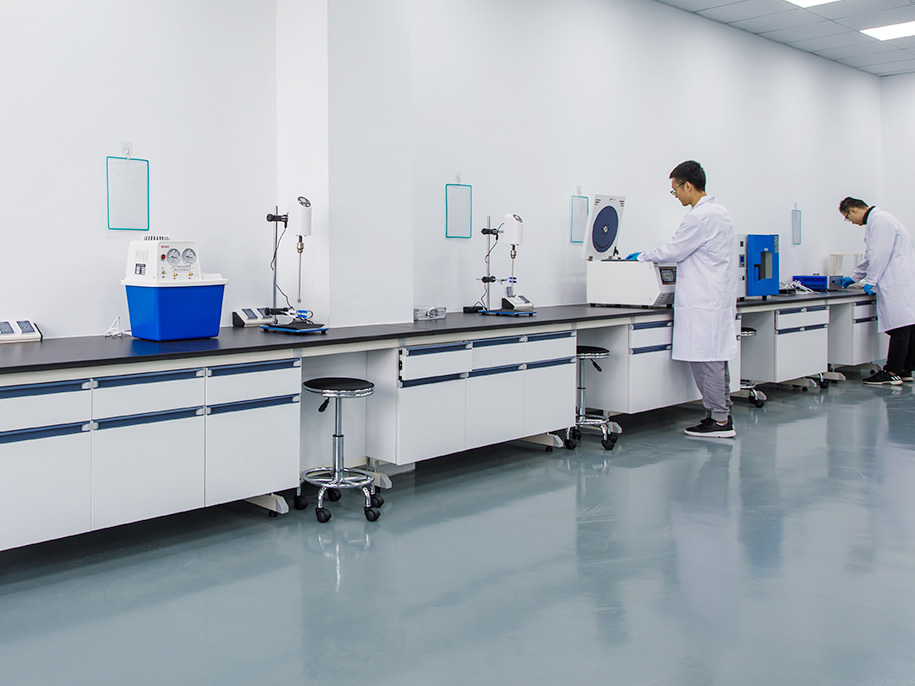How Expanded Graphite is Transforming Lithium-Ion Battery Anode Performance
Introduction
Lithium-ion batteries (LIBs) are the cornerstone of modern energy storage systems—from smartphones to electric vehicles and grid-scale installations. At the heart of this technology lies graphite, a carbon-based material that serves as the predominant anode component in over 90% of LIBs. But among various graphite derivatives, expanded graphite is drawing particular attention for its enhanced electrochemical properties.

This article delves into how expanded graphite is reshaping lithium-ion battery performance, especially at the anode level.
1. What Is Expanded Graphite?
Expanded graphite is produced by intercalating natural graphite flakes with acids or salts, then exposing them to high heat, causing the layers to expand dramatically (up to 300x). The result is:
-
A high surface area, worm-like structure
-
Improved ion intercalation pathways
-
Enhanced porosity and electrical conductivity
This form factor is particularly beneficial in facilitating lithium-ion mobility during charging and discharging cycles.
2. Why Is It Important for Battery Anodes?
Lithium-ion batteries function by transporting lithium ions between the cathode and anode during charge/discharge cycles. An ideal anode material should have:
-
High capacity
-
Fast lithium intercalation/de-intercalation
-
Long cycle life
-
Structural stability
Expanded graphite improves on several fronts:
-
Faster ion transport due to larger interlayer spacing
-
Higher initial capacity (can exceed 372 mAh/g for standard graphite)
-
Better electrolyte access
-
Reduced internal resistance
3. Comparison: Expanded Graphite vs Natural & Synthetic Graphite
| Property | Expanded Graphite | Natural Graphite | Synthetic Graphite |
|---|---|---|---|
| Capacity | High | Moderate | Moderate to High |
| Surface Area | High | Low | Moderate |
| Cost | Moderate | Low | High |
| Purity | Moderate | High (after refining) | High |
| Environmental Impact | Lower (fewer chemicals) | Varies | High (energy-intensive) |
4. Current Applications in LIBs
Expanded graphite is now used in:
-
EV battery packs requiring rapid charging and discharging
-
High-power consumer electronics (power tools, drones)
-
Hybrid anode composites with silicon or graphene
Its porous structure also improves mechanical bonding with polymer binders and active materials, reducing degradation over repeated cycles.
5. Manufacturing and Integration Challenges
While expanded graphite has clear advantages, scaling production faces obstacles:
-
Consistency in expansion ratio and morphology
-
Stability under long-term cycling
-
Integration with existing anode production lines
Advanced characterization techniques (SEM, XRD, Raman) are increasingly used to optimize morphology for target applications.
6. Future Trends and Innovations
Companies are exploring expanded graphite-silicon hybrids, which combine the high capacity of silicon (4200 mAh/g) with the structural stability of graphite. Others are integrating graphene coatings on expanded graphite to further improve conductivity and cycle life.
In parallel, expanded graphite’s eco-friendliness and compatibility with water-based binders are making it a preferred option in sustainable battery initiatives.
Conclusion
Expanded graphite represents a significant advancement in lithium-ion battery anode materials. Its superior structure enables faster charging, better thermal stability, and improved long-term performance. As the demand for high-performance batteries intensifies, expanded graphite will play a critical role in shaping the future of electric mobility and smart energy systems.

